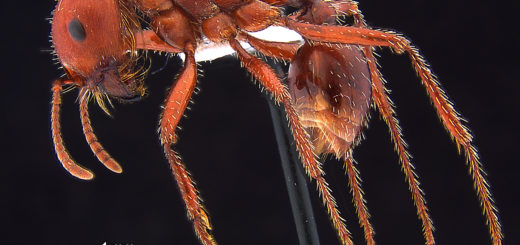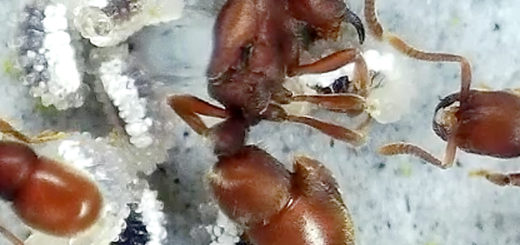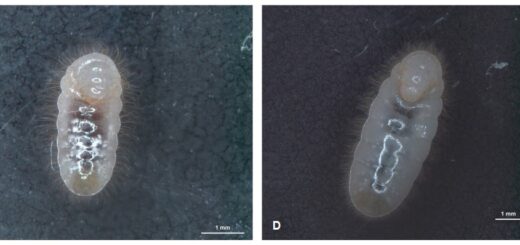Book review on the ants of the Netherlands

P. Boer, J. Noordijk & A.J. van Loon (Eds). 2018: Ecologische atlas Nederlandse mieren (Hymenoptera: Formicidae). – EIS Kenniscentrum Insecten en andere ongewervelden Nederland, the Netherlands, 125 pp; ISBN 9789076261140; (hardback), EU € 26.60
A Book Review compiled by Wouter Dekoninck

This user-friendly regional book is devoted to the distribution and ecology of ants in the Netherlands. It is in Dutch and introduces amateur and professional naturalists, biologists, teachers and students, and environmental managers and pest-control professionals to the ecology and distribution of nearly 100 ant species found in the Netherlands. The authors call it an ecological atlas.
An ecological atlas should, on principle, be more than just a book with distribution maps of species, and this book is indeed a good example. Firstly, it is an atlas in which the authors present maps of all 68 native ant species in the Netherlands. The database used for the maps consists of more than 15.500 records from the period before 1990 and 58.600 for the period from 1990 until the end of the year 2017. Why the authors used 1990 as
Secondly, the book is also an ecological work. Additional information, for example “an ecological profile” as the authors call it, summarizes information for each species on behaviour and ecology. For some species, the information that could be deduced from Dutch records on these topics is too limited. In such cases, the authors gained information from neighbouring countries. This is surely a very good strategy but must always be done with caution. For some species, this was indeed done. For others, of which the present known distribution is based on only one (often recent) record, it seems difficult to say anything about the ecology in the Netherlands. Whether the information gained from the Netherlands on these topics can also be used outside the Netherlands is to be seen, but at least it has been documented in detail here and made available.
The extent to which species are endangered in the Netherlands is also mentioned. In the case of the Netherlands, species were catalogued as threatened based on the number of the currently known observations and the extent to which their habitat is threatened. Such a regional red list will help nature managers take into account ants in management and policy. Whether the categories that are delineated for all species reflect the reality can be questioned. For a number of species, such an assessment is not evident because of their hidden and subterranean lifestyles, and as such, they can sometimes be present unnoticed in a specific habitat and / or region. But at least the authors offer a tool for policy makers to take ants also into account in their plans.
In addition to the 68 native species, the book also contains information on a very extensive list of established exotic ant species. 36 species were discussed (from 1700 records); some of them being present in outdoor habitats but most of them especially observed in heated buildings. For some of these species, the maps seem rather meaningless (only one old or recent record of the species from






A very good review of ants from The Netherlands!